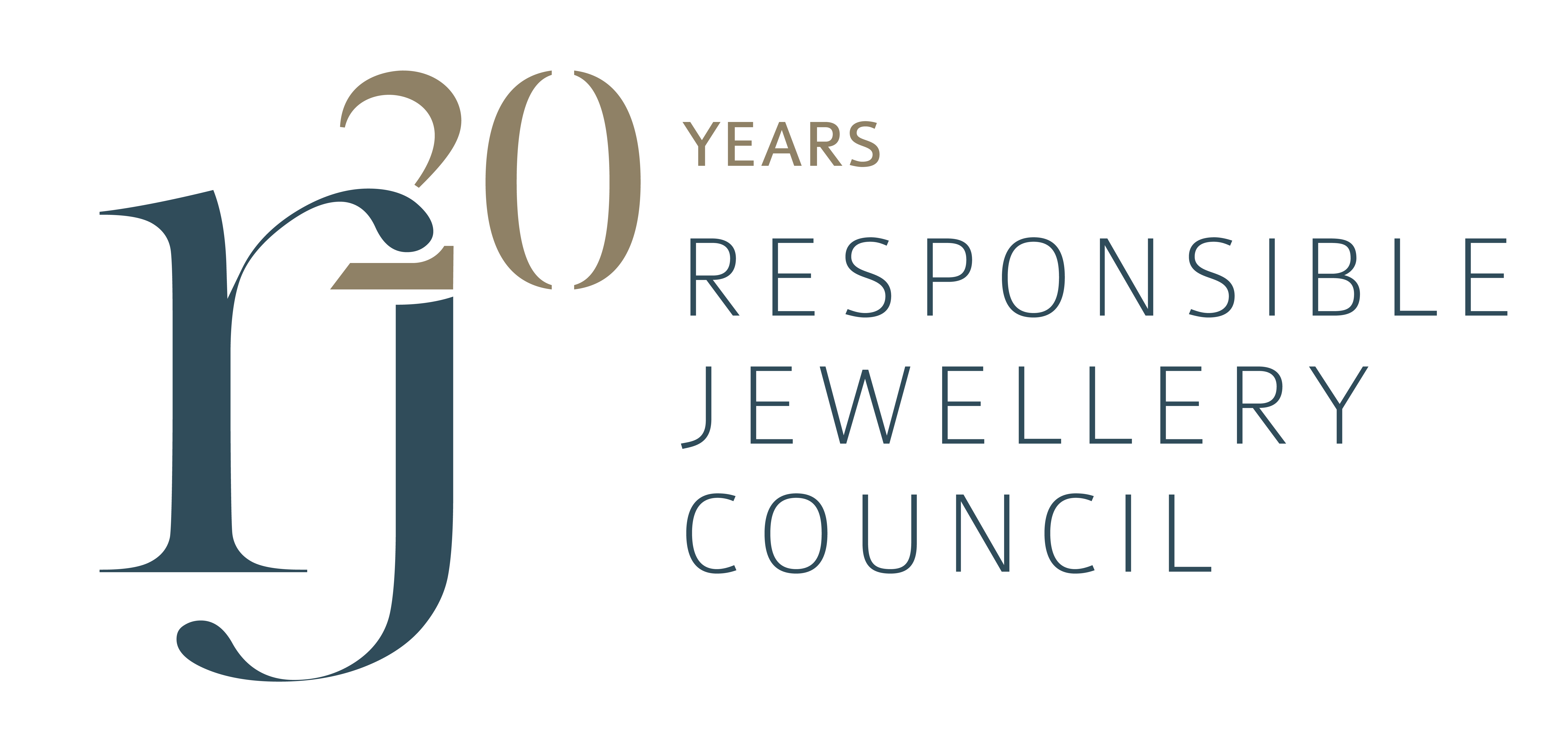Home / Resources / COP Walkthrough / Provision 28
Requirements
28. Product Disclosure
28.1. Members shall not make any untruthful, misleading or deceptive representation, or make any material omission in the selling, advertising or marketing of any gold, silver and PGM materials, jewellery products, diamonds, coloured gemstones, or treated, synthetic, reconstructed, composite or simulant diamonds or coloured gemstones. Members shall follow internationally accepted standards.
28.2. Members shall disclose information on the physical characteristics of the materials listed in COP 28.1 in compliance with applicable law. Unless a conflict with applicable law exists, members shall apply the following requirements to support disclosure about physical characteristics:
- Gold, silver and PGM: The fineness of gold, silver or PGM shall be accurately disclosed. The description of fineness or content shall be equally conspicuous as the word ‘gold’, ‘silver’ or the PGM or abbreviation. Any quality marks used shall be applied in accordance with applicable law or industry standards.
- Plating: The use of gold, silver and PGM as a plating material shall be accurately disclosed. The description of the plating and fineness or content of material used shall be equally conspicuous as the word ‘gold’, ‘silver’ or the PGM or abbreviation.
- Treatments: Treated diamonds and treated or heated coloured gemstones shall be disclosed as either ‘treated’ or with specific reference to the treatment. The description shall be equally conspicuous as the word ‘diamond’ or the name of the coloured gemstone. Any special care requirements that the treatment creates shall be disclosed.
- Synthetics: Wholly or partially synthetic diamonds or synthetic coloured gemstones shall be disclosed as ‘laboratory created’, ‘laboratory grown’ and/or ‘synthetic’. The description shall be equally conspicuous as the word ‘diamond’ or the name of the coloured gemstone.
Composites: Composite (or assembled) diamonds and coloured gemstones constructed of two or more parts shall be disclosed as ‘composite’, ‘assembled’, ‘doublet’ or ‘triplet’, and by the correct name of the material of which it is composed. The description shall be equally conspicuous as the word ‘diamond’ or the name of the coloured gemstone used. - Reconstructed stones: Reconstructed diamonds and coloured gemstones shall be disclosed as such and the description shall be equally conspicuous as the word ‘diamond’ or the name of the coloured gemstone.
- Simulants (or imitation): Any artificial product used to imitate the appearance of diamonds or coloured gemstones without having their chemical composition, physical properties and/or their structure shall be disclosed as ‘imitation’ or ‘simulant’ along with the correct name of the material of which it is composed, for example, ‘x compound’, ‘glass’, ‘plastic’. The description shall be equally conspicuous as the word ‘diamond’ or the name of the coloured gemstone.
- Descriptions of polished diamonds and coloured gemstones: Describe the size or carat weight, colour, clarity or cut of diamonds and the quality of coloured gemstones in accordance with the recognised guidelines appropriate to the particular jurisdiction.
- Place of origin for coloured gemstones: When describing the place of origin of a coloured gemstone, the information on how this was determined shall be disclosed. The place of origin shall only be used when it denotes a geographical area where gemstones have been mined.
- Product health and safety information: Any relevant health and safety information about the materials listed in COP 28.1 in jewellery products sold by members to end consumers shall be disclosed.
28.3. Members shall take substantive and documented action to avoid buying or selling undisclosed synthetic diamonds. To that end, members buying or selling diamonds shall:
- Obtain a written warranty from their suppliers.
- Have effective policies, procedures, training and monitoring systems in place to avoid the possibility of undisclosed synthetic diamonds being switched for natural diamonds at their facilities.
- Employ a documented due diligence process to identify and mitigate risks related to undisclosed synthetic diamonds entering their supply chain.
- Identify possible high-risk contamination points. For polished diamonds classified as high risk, carry out testing using a defined, credible and transparent protocol. This can be an existing industry-accepted protocol or one that is defined by the member.
The protocol must:
- Incorporate an appropriate approach for testing loose and set polished diamonds.
Include either in-house testing, using relevant and effective detection equipment, or outsourced testing by a qualified service provider, such as a gemmological laboratory. - Include testing at least once at a point in the process where there is no longer any risk of introducing undisclosed synthetics before the diamond parcel is sold. This is normally just before sale.
- Be available to clients, including the procedure for managing test referrals.
Useful Links
- American Gem Trade Association (AGTA)
- Diamond Producers Association (DPA)
- FTC, In the Loupe: Advertising Diamonds, Gemstones and Pearls
- International Colored Gemstone Association (ICA)
- Jewelers Vigilance Committee (JVC) – US
- Laboratory Manual Harmonization Committee
- US Federal Trade Commission (FTC)
- World Gold Council (GC)
- The World Jewellery Confederation (CIBJO)

